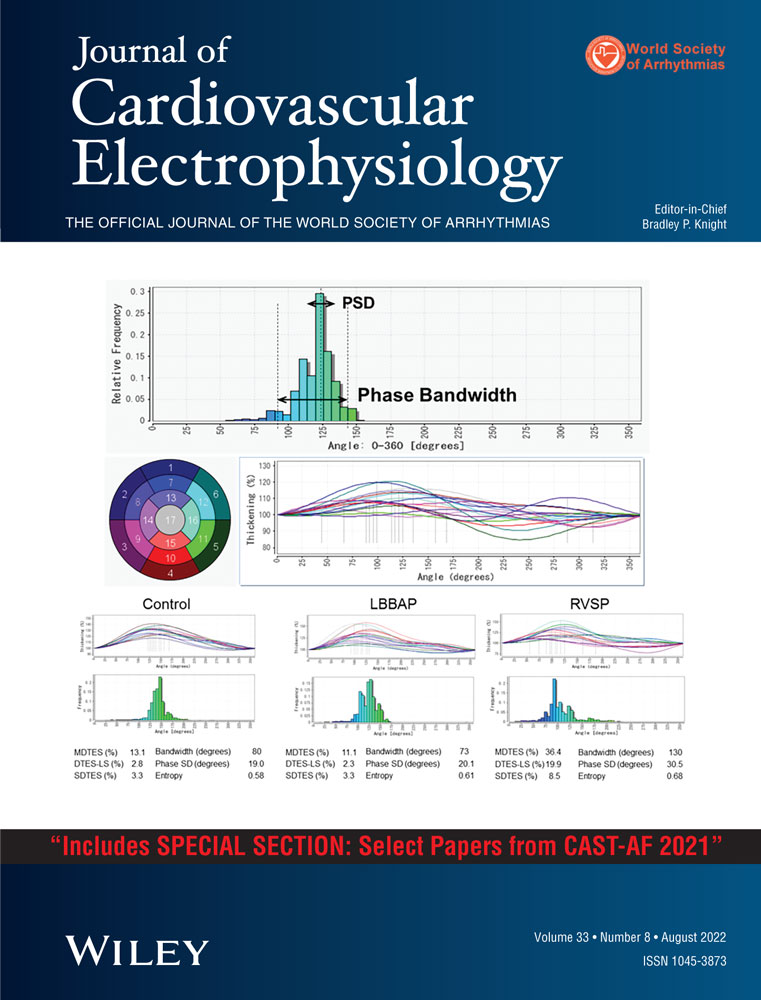Implantable cardioverter defibrillators in patients with orthotopic heart transplant: A multicenter case series
#ICD utilization is safe and more beneficial when implanted for secondary prevention and in those with less severe cardiomyopathy in patients post #OHT who at risk for #SCD.
#CardioTwitter #EPeeps #Transplant
Waddah Maskoun and Mohamad Raad have co-first authorship.
Both Waddah Maskoun and Mohamad Raad contributed equally to this manuscript.
Abstract
Background
Sudden cardiac death (SCD) is common after orthotopic heart transplant (OHT). No clear guidelines for implantable cardioverter defibrillator (ICD) implantation in OHT patients at high risk for SCD currently exist.
Objectives
To assess the safety, efficacy, and benefit of ICDs and resynchronization therapy post-OHT. We also provide a systematic review of previous reports.
Methods
A retrospective multicenter cohort study within the United States. Patients with ICD post-OHT between 2000 and 2020 were identified.
Results
We analyzed 16 patients from 4 centers. The mean standard-deviation (SD) age was 43 (18) years at OHT and 51 (20) years at ICD implantation. The mean (SD) duration from OHT to ICD implantation was 9 (5) years. The mean (SD) left ventricular ejection fraction (LVEF) was 35% (17%). There were 2 (13%) postprocedural complications: 1 hematoma and 1 death. Mean (SD) follow-up was 24 (23) months. Survival rate was 63% (10/16) at 1 year and 56% (9/16) at 2 years, with 6/7 of those who died having LVEF < 35% at the time of the ICD implantation. Patients were more likely to receive appropriate therapy if their ICD was implanted for secondary (5/8) rather than primary (0/8) prevention (p = .007). Of those who did, 4 patients survived to 30 days post-ICD therapy. Severe CAV was not associated with the rate of appropriate therapy.
Conclusions
Beneficial outcomes were observed when ICDs were implanted for secondary prevention only, and in patients with higher baseline LVEF. We also observed benefits with resynchronization therapy.




